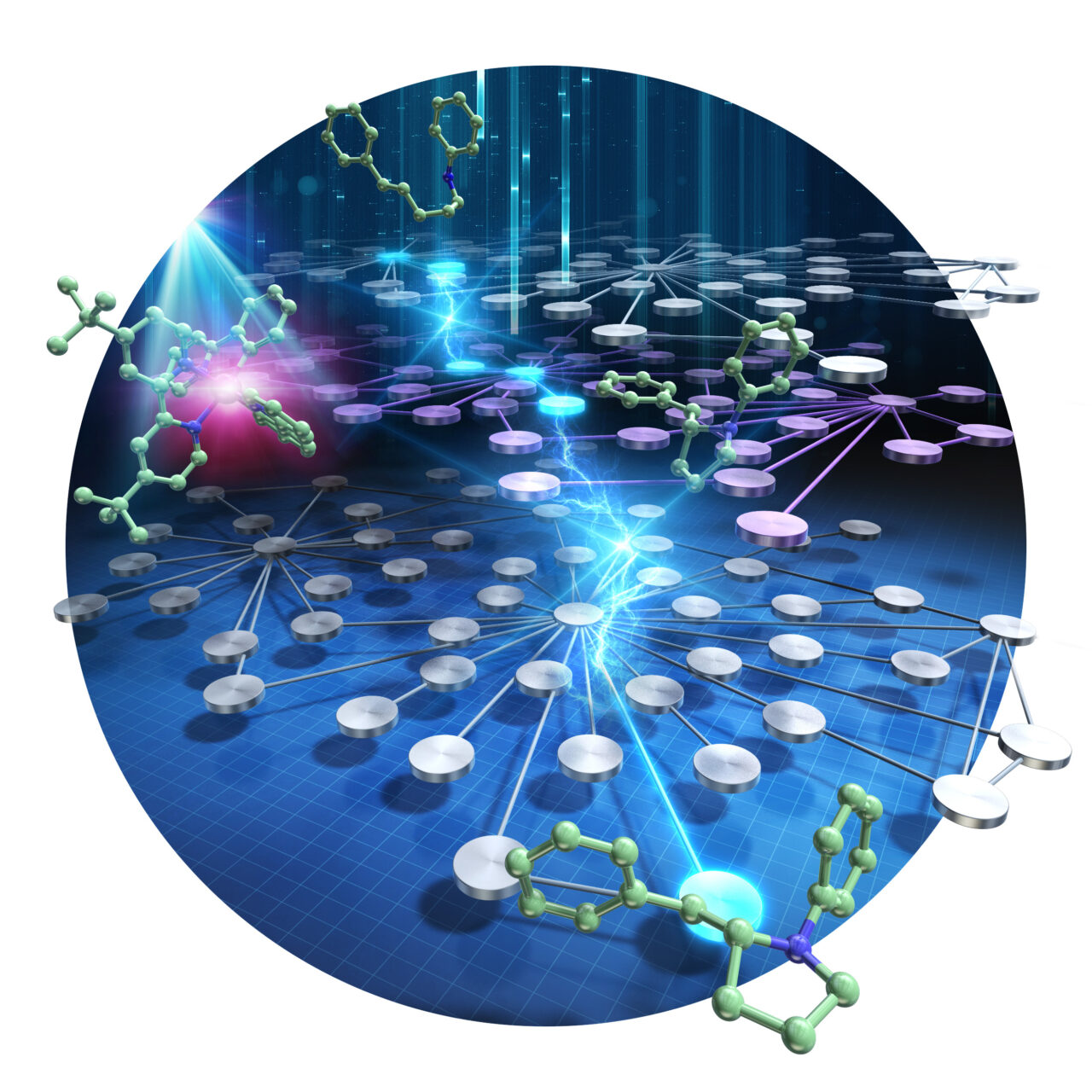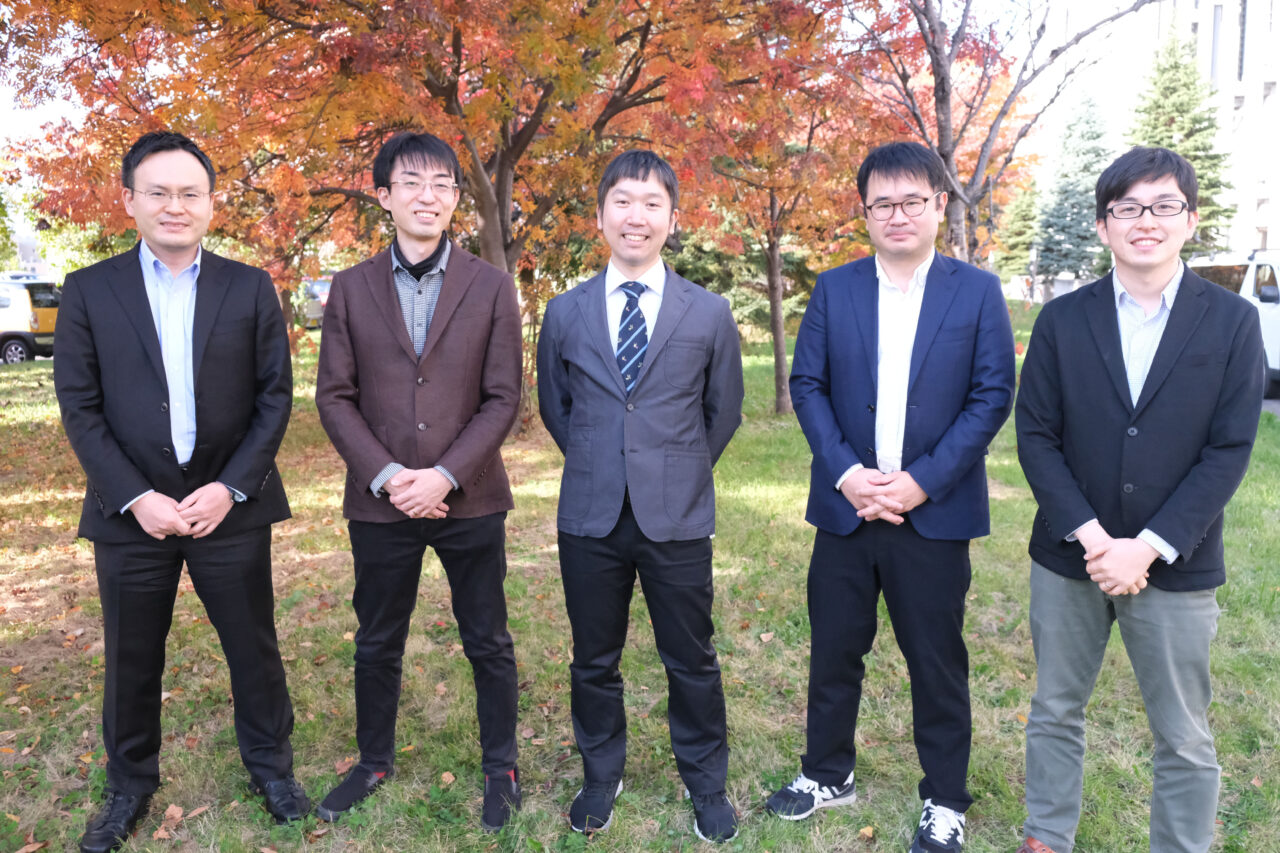
Radical-based reactions that use photoredox catalysts can achieve chemical transformations that are difficult for typical thermal reactions. In these reactions, bond rearrangement reaction pathways compete with substrate-catalyst electron transfer reaction pathways, so it is difficult to determine the mechanism of these reactions. Quantum chemical computations can provide an atomic level picture of the mechanism, but transition metal photoredox catalysts are generally over 80 atoms in size, making calculation costs a barrier.
In this work, researchers from ICReDD developed a method for describing the reaction path of the substrate and the substrate-catalyst electron transfer in a simpler manner. They did this by adjusting the substrate molecule’s potential energy surface based on the redox potential of the catalyst. This allowed researchers to avoid calculating the large catalyst itself, and thus made it possible to employ the Artificial Force Induced Reaction (AFIR) method to perform automated reaction path searching for reactions involving single electron transfer.
Using this method, the team was able to clarify the entire mechanism of Knowles hydroamination, showing that electron transfer processes and proton transfer processes proceed in a concerted fashion. They also showed that the relative importance of the reaction paths leading forward to the product and backwards to the starting materials is dependent on the redox potential of the catalyst, showing that may influence product yield of the reaction.
The method reported here is expected to be especially useful for the screening of photoredox catalysts.


